Indigenous Plants of Madeira
Discovering the Indigenous Plants of Madeira: A Botanical Paradise
Nestled in the North Atlantic, Madeira is a Portuguese archipelago known for its breathtaking landscapes, rich biodiversity, and unique climate. Thanks to its volcanic origins and remote location, Madeira has evolved its own native flora, with hundreds of plant species found nowhere else on Earth. From lush laurel forests to cliff-hugging shrubs, Madeira’s indigenous plants reflect the island’s distinct history, geography, and ecological balance. Let’s take a journey through Madeira’s botanical treasures and uncover a few unique species that make this island a paradise for plant lovers and botanists alike.
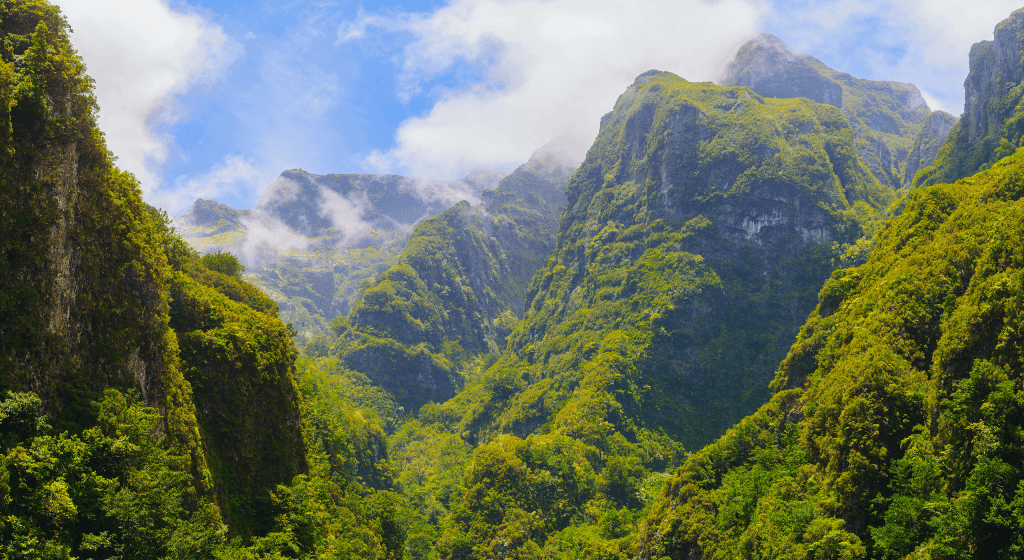
1. Laurisilva Forest: Madeira’s Green Heart
One of Madeira’s most significant ecological treasures is its ancient Laurisilva, or laurel forest. This UNESCO World Heritage site is a relic from the Tertiary period, flourishing when laurel forests covered much of southern Europe. Today, Madeira is one of the few places where this unique ecosystem still thrives, offering a home to several endemic plant species.
- Madeiran Laurel (Laurus novocanariensis): A close relative of the bay laurel, this tree is a dominant presence in Madeira’s laurel forests. Its leathery leaves are aromatic, giving the forest its distinctive scent.
- Pride of Madeira (Echium candicans): With its tall blue-purple flower spikes, this plant is unmistakable and attracts pollinators like bees and butterflies. Though it also grows in gardens worldwide, it’s native to Madeira and can often be seen along its mountain slopes.
- Til Tree (Ocotea foetens): Another laurel species unique to the archipelago, the Til tree can reach heights of up to 40 meters and is a vital part of the Laurisilva forest canopy. Its dense foliage and deep roots help protect the soil from erosion on Madeira’s steep slopes.
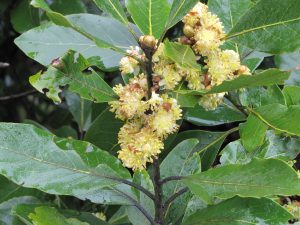
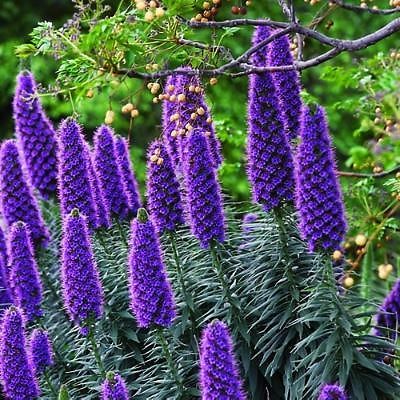
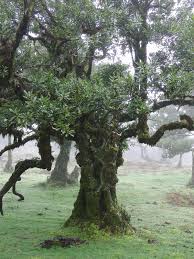
2. Endemic Wildflowers: Colors and Resilience
Madeira’s slopes and cliffs are often adorned with an array of colorful wildflowers that have adapted to the island’s specific climate. These wildflowers are not only beautiful but play crucial roles in local ecosystems by providing food and habitat for native insects and birds.
- Madeira Geranium (Geranium maderense): Known as the island’s “giant geranium,” this stunning flower blooms in clusters of pink, delicate blossoms. Its appearance adds vibrant splashes of color across Madeira’s landscapes from spring to early summer.
- Madeiran Orchid (Dactylorhiza foliosa): Found only on Madeira, this orchid is treasured for its purple-pink flowers and prefers the damp, shaded conditions found within the Laurisilva forest.
- Plantago Leiopetala: A hardy cliff-dweller, this endemic plantain species clings to Madeira’s coastal rock faces, its dense rosette leaves allowing it to survive in high-salinity, low-nutrient environments along the Atlantic coast. It’s airy flowers gracioulsy dance in the wind.
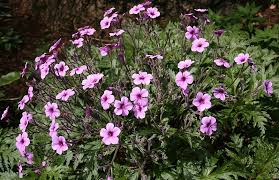
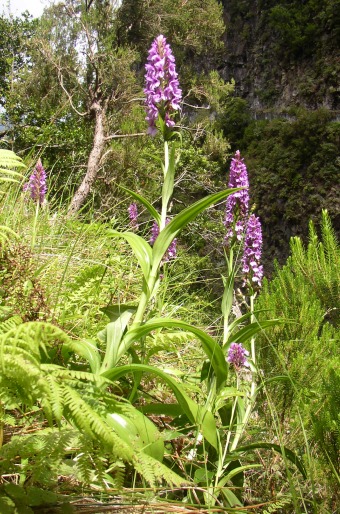
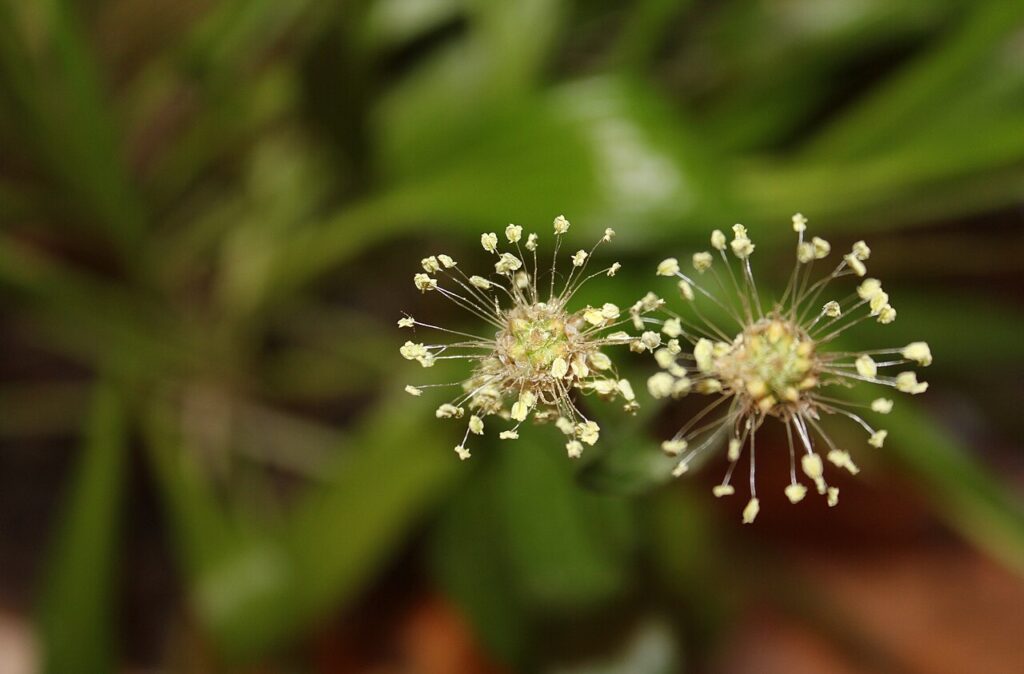
3. Sea Cliff Survivors: Resilience in Rugged Terrain
Madeira’s rugged coastlines and cliffs are home to several species that have adapted to high-salt, high-wind conditions. These plants are often found gripping cliff edges, showcasing their resilience and unique adaptations to survive in such extreme habitats.
- Madeiran Sea Stock (Matthiola maderensis): This coastal plant is native to Madeira and known for its fragrant, lilac-colored flowers that bloom on cliffs and rocky shores. Its thick, silvery leaves withstand salt spray from the Atlantic.
- Everlasting Flower (Helichrysum devium subsp. maderense): Also called Madeira’s strawflower, this plant is found on cliffs and has yellow blooms that dry well, giving it its “everlasting” quality. Its drought-resistant nature has made it a popular garden plant worldwide.
- Madeira Endemic Lotus (Lotus loweanus): Part of the pea family, this small shrub is native to coastal and low-altitude areas on Madeira. It blooms with yellow flowers, providing a valuable food source for native pollinators.
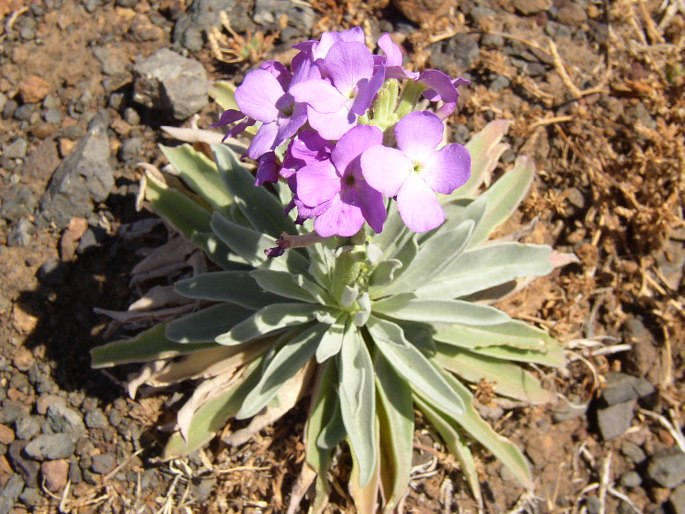
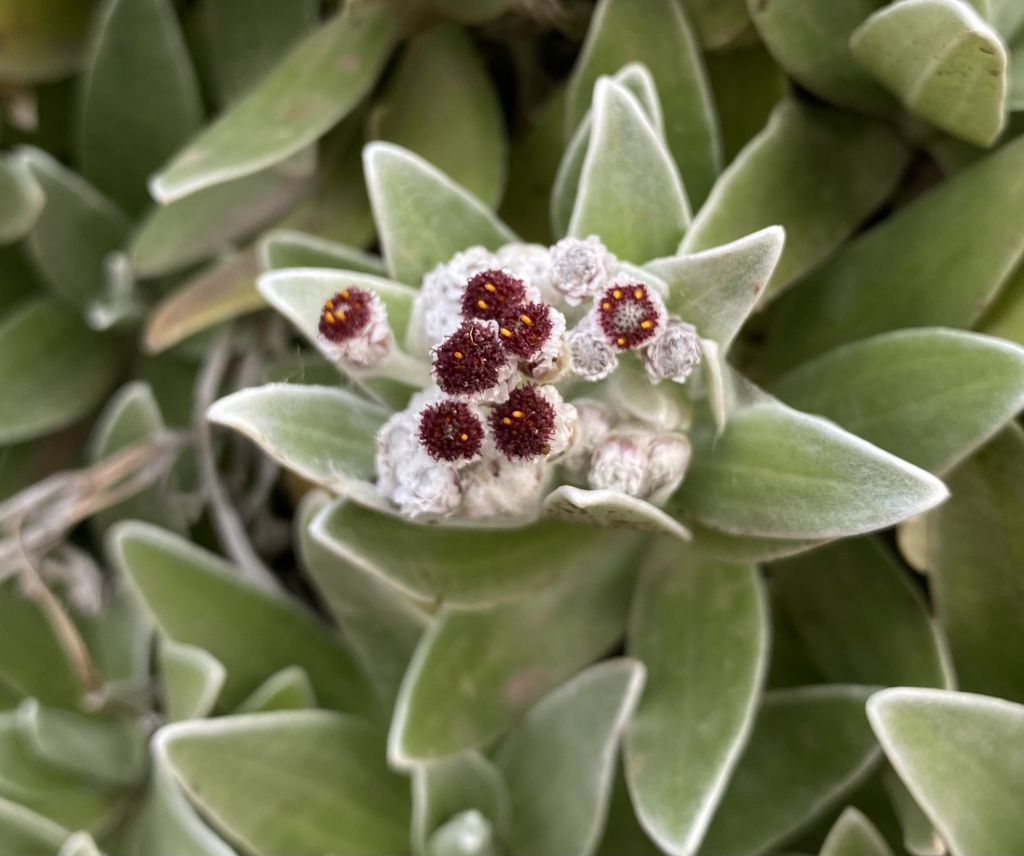
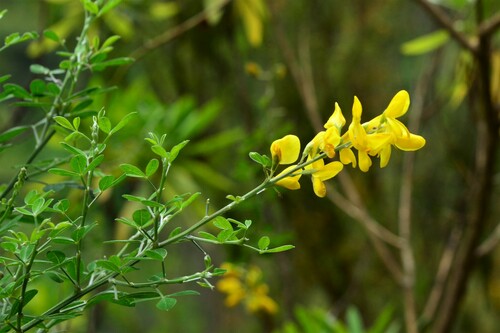
4. Mountain Flora: High-Altitude Adaptations
Madeira’s peaks are home to a variety of endemic species that have evolved to thrive in the colder, windier, and more exposed conditions of the higher altitudes. These plants often grow low to the ground, developing deep root systems to withstand strong winds and sudden temperature changes.
- Madeiran Violet (Viola paradoxa). A high-altitude plant, this violet has beautiful yellow flowers and thrives in the rocky soils of Madeira’s mountain ranges. Its compact size helps protect it from harsh weather conditions.
- Madeira Blueberry (Vaccinium padifolium) is very common at elevations between 800 and 1,700 metres (2,600 and 5,600 ft). It grows mainly in crevices and exposed slopes and mountain plains. Fruits often end in preserves. It is endemic to the islands of Madeira and Porto Santo, Portugal..
- Madeira Heather (Erica maderensis). This hardy heather grows in the subalpine zone and adds soft touches of pink and white to the mountain landscape. The Madeira Heather thus creates beautiful swathes of color across the rugged highlands.
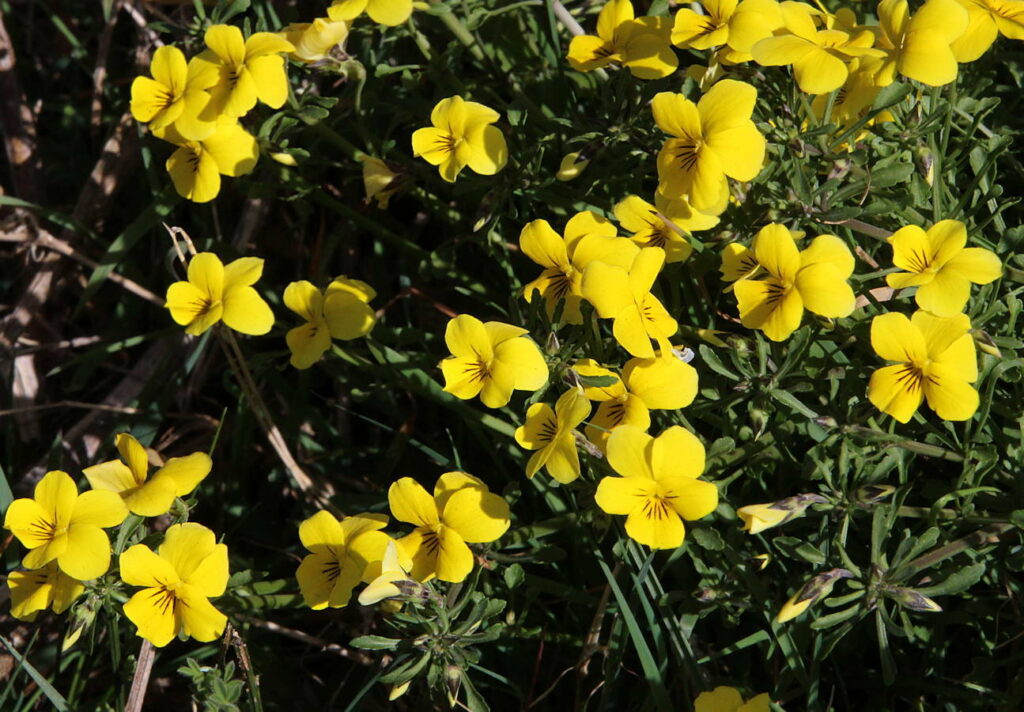
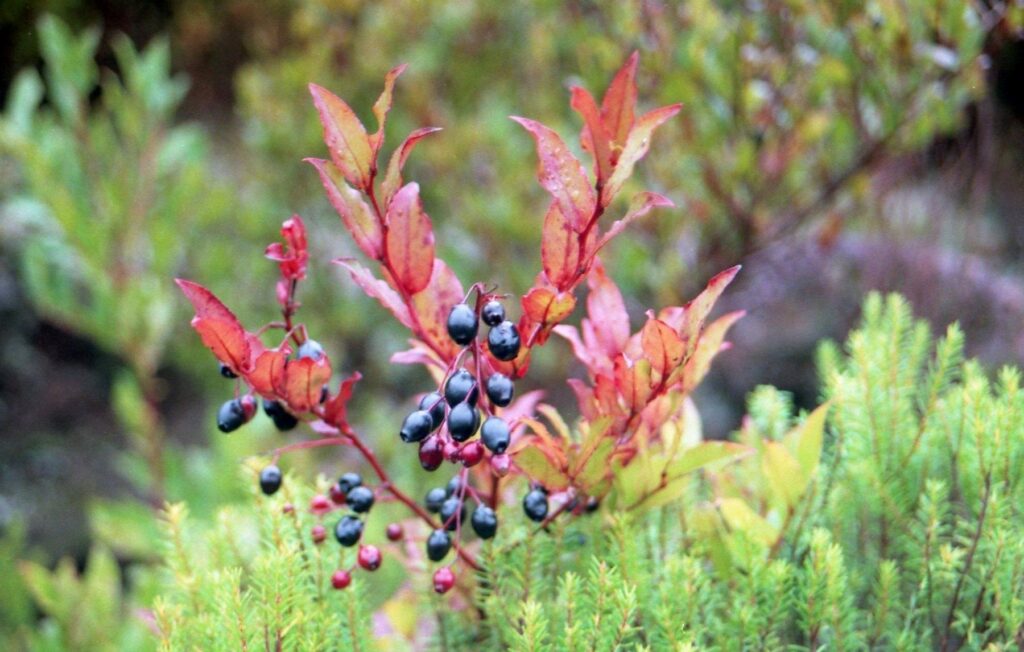
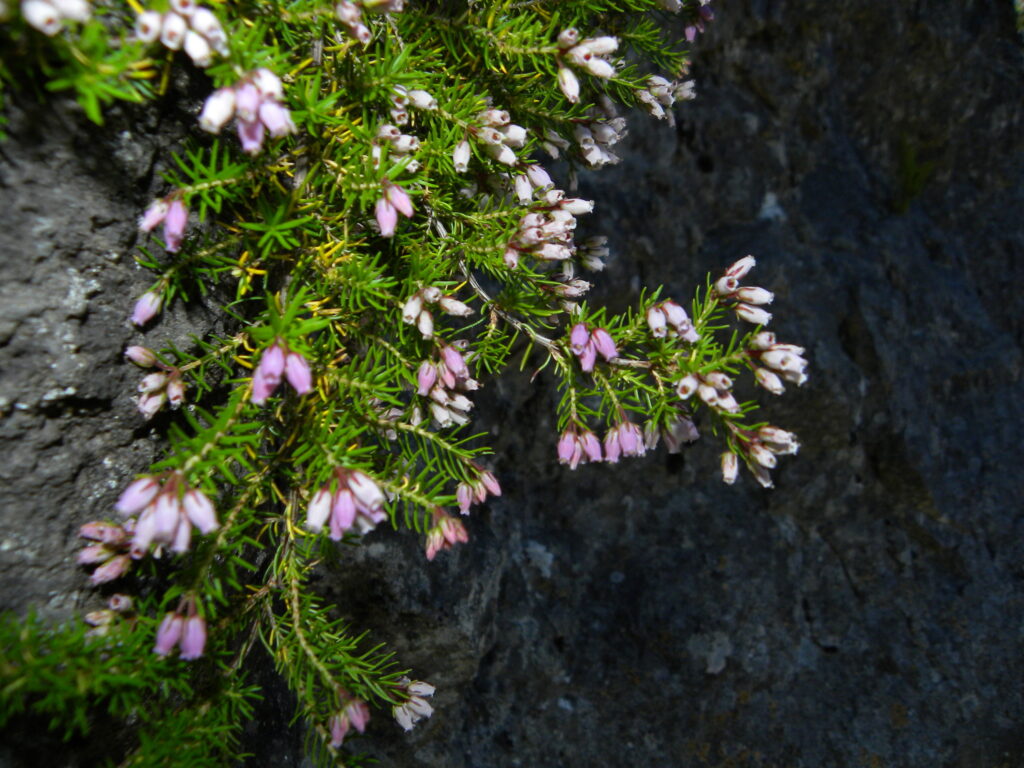
5. Conservation Efforts: Protecting Madeira’s Native Flora
The unique and delicate nature of Madeira’s native plant species makes conservation a top priority. Human activity, habitat loss, and the introduction of invasive species have threatened many endemic plants. The government and conservation organizations therefore actively work to preserve the Laurisilva forest. They enforce strict regulations to control invasive species, and run reforestation programs that promote indigenous plants.
Educational programs and botanical gardens, such as the Madeira Botanical Garden, also play a key role. They raise awareness about the island’s flora and hosting research initiatives to learn more about these plants. Additionally, initiatives are underway to protect coastal and high-altitude plants, which are particularly vulnerable to climate change.
Final Thoughts
Madeira’s indigenous plants are far more than just beautiful sights; they are critical to the island’s ecosystems, culture, and identity. Exploring the endemic flora offers a glimpse into the island’s unique evolutionary journey. It reveals how life has adapted over millennia to thrive on this isolated archipelago. Whether you’re a botanist, a hiker, or simply a lover of natural beauty, Madeira’s landscapes invite you to appreciate the stunning resilience and diversity of its plant life.
Next time you find yourself wandering Madeira’s trails, take a moment to admire these plants. Then remember the long, intricate history behind each leaf and bloom. Madeira’s plants are a testament to the island’s vibrant spirit and enduring connection to the natural world.